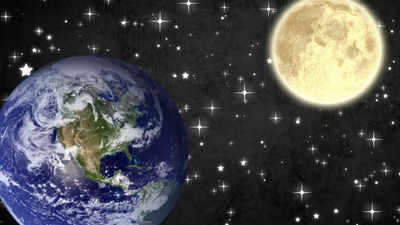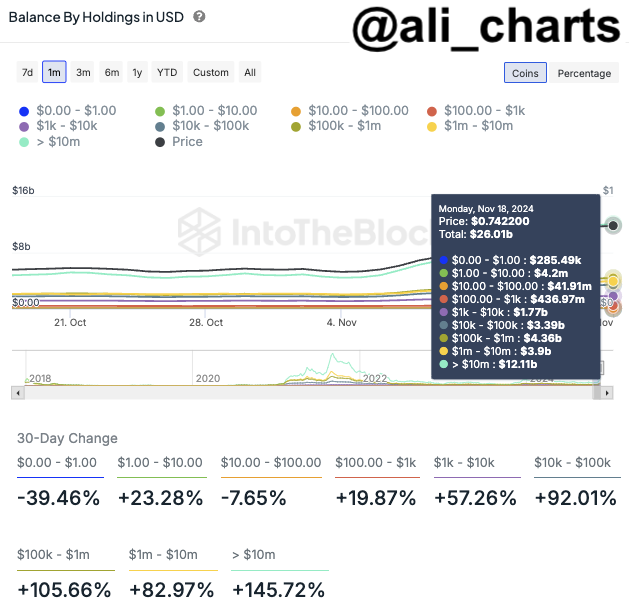A breathtaking display of the Northern lights over the refuge hut on the Holy Island causeway in … [+]
Experts are predicting that the northern lights will be visible from U.S. states as far south as Colorado and Missouri on Tuesday.
A significant geomagnetic storm is anticipated as a result of a coronal mass ejection that erupted from the sun’s surface on Saturday, September 16, and is headed towards Earth.
The arrival of the storm is expected on Tuesday, September 19, but the exact timing is still uncertain. The National Oceanic and Atmospheric Administration’s Space Weather Prediction Center’s 3-Day Forecast predicts that G1 (Minor) to G2 (Moderate)-class geomagnetic storms will reach their peak between 06:00 and 09:00 UTC (02:00-05:00 EDT, 01:00-04:00 CDT, 00:00-03:00 MDT and 23:00-02:00 PDT) on September 19. However, the NASA model suggests a later arrival on the same day, according to SpaceWeather.com on Sunday, which means that the event will occur during the day in North America.
Uncertain Timing
Although the timing is uncertain, a G2-class storm often results in impressive displays of the northern lights. “During a similar G2 storm on September 12, auroras were photographed in multiple U.S. states as far south as Colorado and Missouri,” according to SpaceWeather.com.
A coronal mass ejection (CME) is a cloud of magnetic fields and charged particles emitted by the sun, which travels into space at speeds of up to 1,900 miles (3,000 kilometers) per second. If directed at Earth, it can take a few days for a CME to reach us and it often triggers a geomagnetic storm, resulting in the beautiful displays of the aurora.
Experts Raise Concerns
“Eruption of a huge filament, right in the Earth strike zone!” tweeted Dr. Ryan French, a solar physicist at the National Solar Observatory (NSO) in Boulder, Colorado, and the author of The Sun: Beginner’s Guide To Our Local Star. “This filament will likely arrive at Earth in a few days time, hopefully producing a great aurora show!”
“Direct Hit! A snake-like filament launches a solar storm and it is Earth-directed,” tweeted solar physicist Dr. Tamitha Skov. “Aurora possible to mid-latitudes.”
Geomagnetic activity tends to increase around the equinoxes in late-September and late-March when the position of the Earth’s axis relative to the Sun puts it side-on to the solar wind.
How To Observe the Northern Lights
It may seem obvious, but the view of the northern lights is usually better the farther north you are. “Being in the north will always give you an advantage, even if they are exploding and visible much farther south—you’ll see them in the southern sky instead of the northern sky,” said Tom Kerss, an astronomer and author of The Northern Lights: The Definitive Guide to Auroras, in an interview.
However, light pollution often hinders the visibility of the northern lights, even when they are present. “When the Northern Lights are low on the northern horizon, they are much harder to discern,” said Kerss. “It’s difficult to distinguish between the afterglow of the sunset, the light pollution of a nearby town, and the faint glow of the aurora.”
Auroras have a distinctive self-luminous quality that becomes obvious once you know what to look for, but it can be difficult for beginners to recognize. So it’s best to keep your expectations low. For optimal results, try to find a location with minimal light pollution (the Light Pollution Map is a useful tool).
“Sightings in the northern states of the U.S. are becoming more frequent, but the really dramatic sightings—the ones that people dream about seeing—are still more common in Arctic locations,” said Kerss. Therefore, the best plan is to head to the Arctic Circle in Alaska, northern Canada, or northern Scandinavia (Norway, Finland, Sweden, and Iceland), where more frequent and brighter displays are more likely to occur.
Wherever you choose to observe the aurora, five things are essential: clear skies, dark skies, warm clothing, low expectations, and a lot of patience. A manual camera on a tripod capable of long exposures can also be helpful.
Wishing you clear skies and open eyes.














